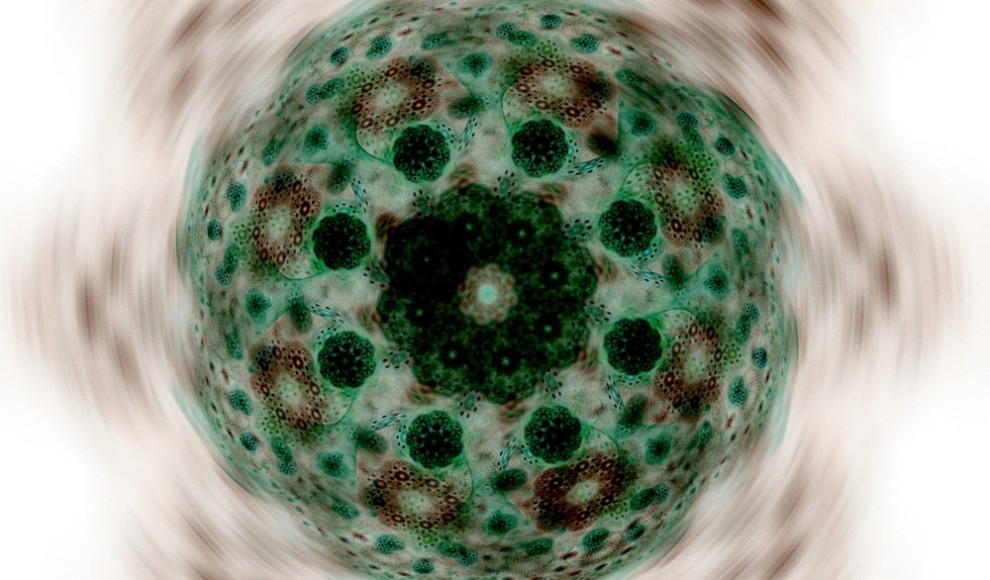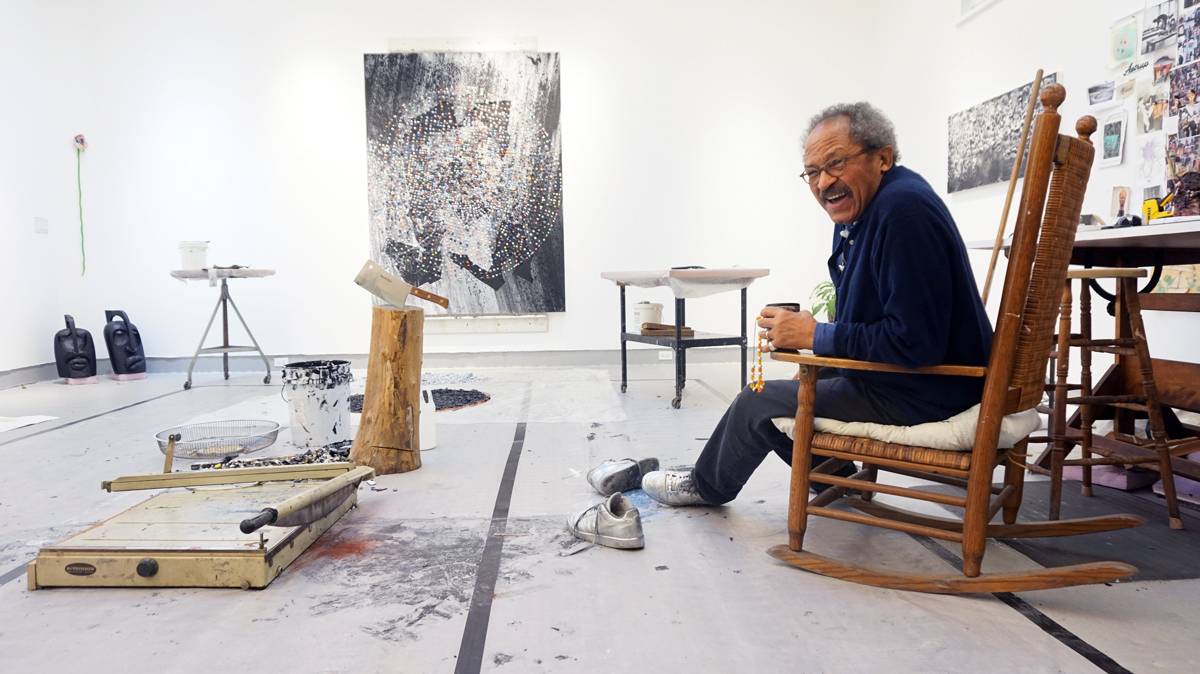“Our instruments are accessible to all, regardless of culture or biology. They’re ideal conduits for shared experience between beings who might otherwise think they have little in common.”
Source: The hardworking Jonathan Keats and his intergalactic omniphonics






